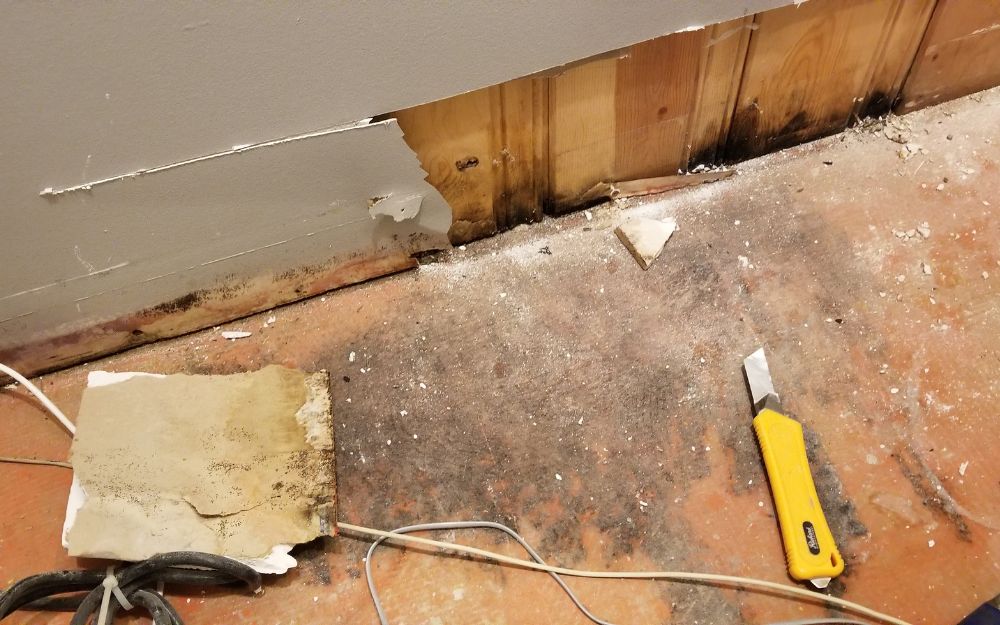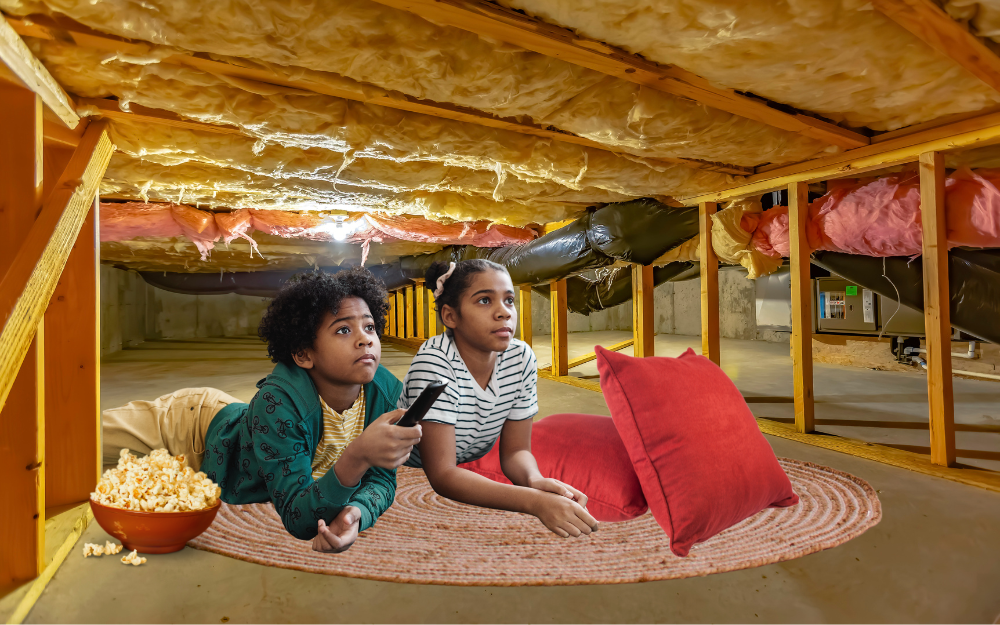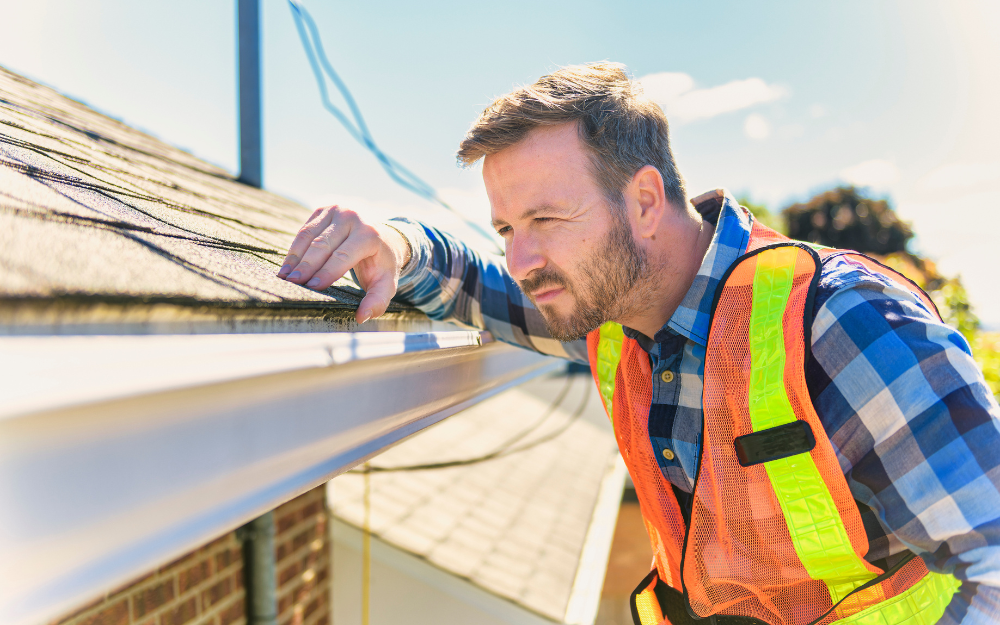To protect your house and avoid problems, you must first know what is going on…

Insulation and Condensation – Or why you should always follow the manufacturer’s instructions…
It was in August 2019 that our client first noticed a musty smell in the basement. The odor intensified to the point that she decided to have a microbial analysis conducted—specifically, an air test for mold. The results for the basement were unambiguous… Stay with us as our experts explain how they were able to help our client deal with this unpleasant situation!
Insulation and Condensation: why follow the instructions?
Whatever type of building you want, our experts can help you
will help you solve your problems right the first time!
With the microbial analysis results in hand, the client did not contact us immediately. Instead, she called a construction contractor to demolish the exterior basement walls. They also removed the entire basement floor. The findings were shocking!
Signs of condensation and mold were clearly visible in several areas on the foundation’s concrete and on some wooden components. And that’s not all! The client also noticed that the fiberboard between the foundation wall and the concrete slab was crumbly and damp to the touch.
That’s when she contacted us to identify the cause of the problem, determine all contributing factors, and propose long-term solutions. Upon arrival, our expert asked about the building’s history and was told that a few years earlier, in an effort to reduce energy costs, the client’s husband and some friends had insulated the basement exterior walls themselves.
Armed with the analysis results and this new information, our expert turned to the scene of the crime…
During the inspection, he noted several findings directly related to the problem, which helped us understand the situation and link it to the building’s history, leading to a clear diagnosis. Among the findings, the most telling was the presence of mold and condensation—or rather, frost—on nearly all the foundation’s concrete walls.
Condensation in a building occurs when the water vapor in the air reaches saturation upon contact with cold surfaces. A film of water or frost then forms on those surfaces. If this moisture does not dry quickly enough, conditions become ideal for mold growth.
Our expert also noticed that the expanded polystyrene insulation panels were not installed properly. To prevent air movement by convection, insulation panels must be sealed to the concrete at the top and bottom and should be pressed firmly against the concrete across their entire surface. That was not the case here…
In conclusion, the presence of condensation and mold, despite the basement’s temperature and humidity being within acceptable ranges, points to a deficiency in how the insulation materials were installed. The manufacturer’s instructions had simply not been followed during the work done by the husband and his friends…
Insulation and Condensation: why follow the instructions?
Whatever type of building you want, our experts can help you
will help you solve your problems right the first time!


